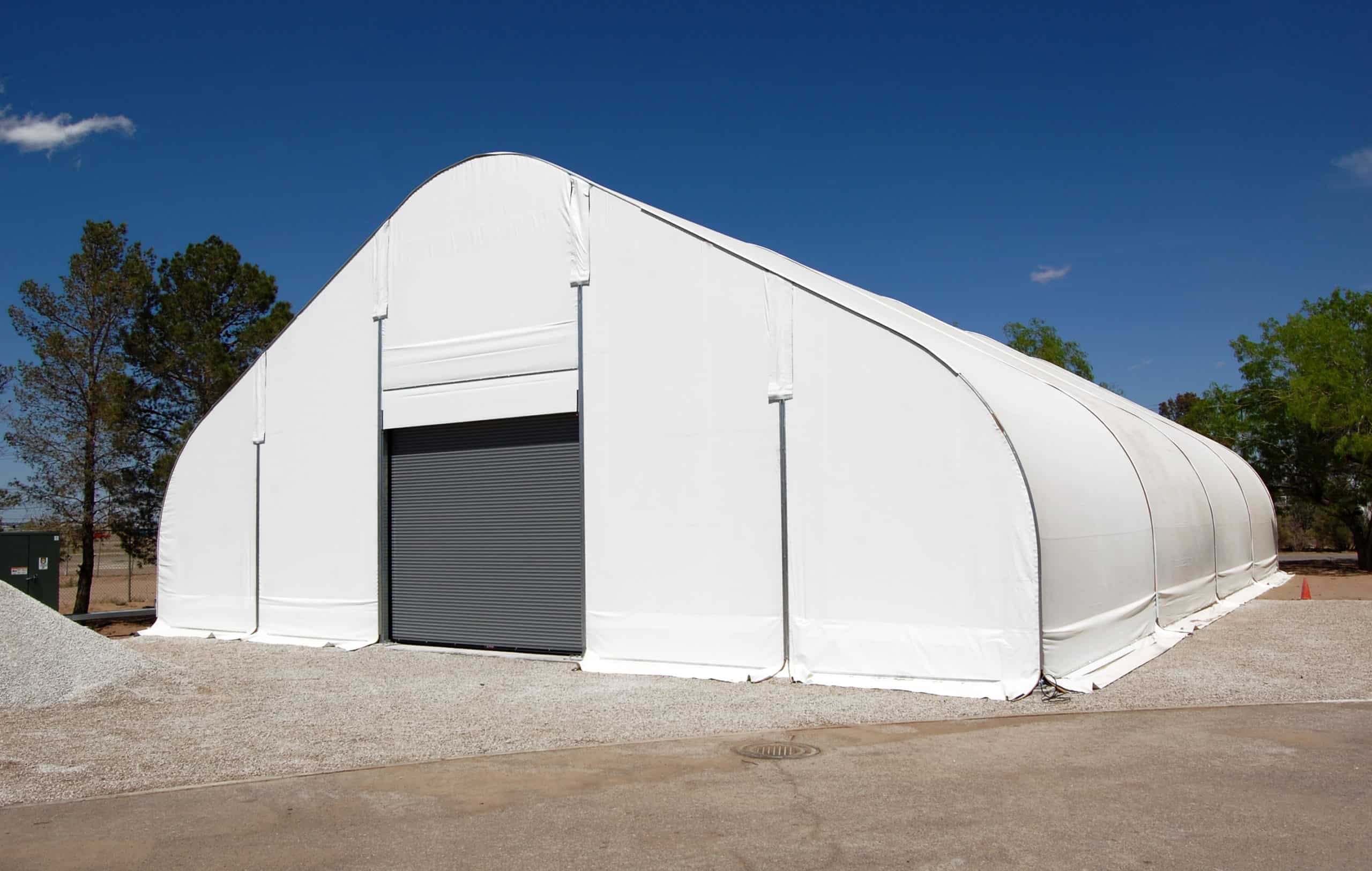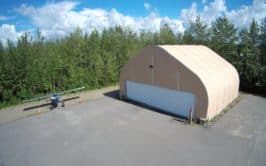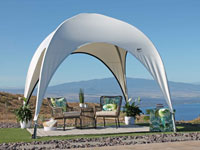Environmental Remediation Explained
Environmental remediation is the process of containing and removing contaminants from water and soil so that they no longer pose a threat to people and the environment. One requirement of remediation is that the land and water are returned to a stable and productive state with acceptable quality, and this is called reclamation.
The Environmental Protection Agency (EPA) works with and supervises other governmental agencies, from federal to local, to perform cleanup and reclamation. If a company or other private entity is responsible for the contamination, they may be involved in the operations as well. The overarching mission of the EPA as it relates to environmental remediation is to ensure fast, effective, and efficient cleanup while minimizing the spread of contamination.
Cleanup sites include abandoned waste sites, sites where storage tanks may have leaked, Superfund sites, and non-operating mines, among others. Remediation has many stages that include the removal of the hazardous materials, restoration of the soil, and replacement of the native vegetation.
Cleanup Methods of Environmental Remediation
The level and type of contamination determine the cleanup method, but two general categories exist: ex situ and in situ. Ex situ cleanup is the excavation of contaminated soil or water and its treatment at the surface. In situ cleanup occurs at the site of contamination, without removal of the soil or water.
Many of the cleanup methods involve aeration or volatilization, which can spread toxic chemicals beyond the immediate area. Some methods, such as in situ oxidation, use substances that are themselves harmful to health. Containment of both the contamination and any cleanup chemicals that may be used is a top priority.
Structures for Environmental Remediation
Alaska Structures®️ has designed and manufactured more than 65,000 engineered fabric buildings around the world. No other prefabricated or fabric building manufacturer comes close to our level of expertise and experience producing engineered fabric structures for environmental remediation. Our engineered fabric buildings adhere to the latest international building code (IBC), ASCE/SEI 7, and AISC standards of design and construction.
Here’s how Alaska Structures can provide solutions for environmental remediation and containment efforts.
Remediation and Containment Structures Designed for Rapid Setup
 Compared to traditional building options, such as wood, brick, or a metal building, Alaska Structures’ fabric buildings have the advantage of rapid setup, drastically reducing construction schedules. Though most of our buildings and structures can be installed without our help, we offer assistance as well as complete setup crews to guarantee that the construction of the containment structure needed for your operation is completed on time and within budget.
Compared to traditional building options, such as wood, brick, or a metal building, Alaska Structures’ fabric buildings have the advantage of rapid setup, drastically reducing construction schedules. Though most of our buildings and structures can be installed without our help, we offer assistance as well as complete setup crews to guarantee that the construction of the containment structure needed for your operation is completed on time and within budget.
Engineered fabric buildings can be installed and left in place as a permanent remediation structure or quickly and easily disassembled and relocated to the next cleanup site. We offer crane-liftable structures for delicate environments such as mine tailings ponds cleanup operations, enabling placement of the building without further environmental damage.
Remediation Structures Offer Protection From Hazardous Airborne Contaminants
Environmental cleanup can create volatile organic compounds and other airborne contaminants. Containment structures from Alaska Structures can be outfitted with ventilation and air scrubbing systems, as well as positive- or negative-pressure systems that prevent contaminated air or hazardous compounds from escaping.
Alaska Structures DAGB Series of gable truss buildings are well suited for remediation sites requiring large, open span structures. With widths from 16- to 150-feet, custom lengths, expandability, and various door options, the DAGB Series of fabric buildings can meet the specific requirements for cleanup sites, both large and small.

If the remediation site contains corrosive materials or is near salt water and sea-spray, you can rely on Alaska Structures’ in-house powder coating to protect the high-strength frame system from corrosion.
Containment Structures for Year-Round Use
Environmental remediation and cleanup efforts can take years and must continue despite inclement weather. Engineered fabric buildings from Alaska Structures are designed for durability and to endure prolonged exposure to extreme temperatures ranging from -80 degrees F to +130 degrees F. Our proprietary material is engineered for longevity and creates a tensioned fabric membrane that will not rot, is mold and mildew resistant, is UV stabilized (not coated) for high solar loads and UV exposure, offers a greater abrasion resistance than other tensioned fabrics, and exceeds the fire safety requirements outlined in the California Code of Regulations for membrane structures.
Engineered fabric buildings from Alaska Structures employ a high-strength metal frame system made of aircraft-grade and lightweight aluminum or galvanized steel.
Translucent skylight material allows remediation efforts inside the structure to utilize natural light during the day, creating a bright and safe work environment while reducing energy usage and cost. For times when there is little or no natural light, plug-and-play lighting and electrical systems are available in 50 Hz and 60 Hz, reducing the need for expensive electricians.¹
Once setup, Alaska Structures engineered fabric buildings are virtually maintenance free, eliminating the costly ongoing maintenance and upkeep associated with traditional buildings made of wood, brick, as well as metal buildings.

Workforce Housing for Large Environmental Remediation Projects
Environmental remediation efforts often involve a work crew. Large clean-up sites in remote locations may be necessitate the need for workforce housing and accommodations. Alaska Structures has provided dormitory structures for work crews in more than 85 countries! We offer a wide selection of building models, styles, and sizes to accommodate work crews of any size.
Our HGB Series of heavy gable buildings can be configured to provide personnel working at the site decontamination shelters, showering facilities, and locker rooms.
Create temporary or permanent worksite camps with our GB Series. The straight-wall design of the GB Series of fabric buildings allows for maximum use of space. Available from 8-feet to 24-feet wide, and customized to any length, the GB Series allows environmental remediation companies to quickly and efficiently provide permanent or temporary workforce housing and accommodations.
Work With Us to Design the Perfect Structure for Remediation and Containment
With more than 40 years of proven experience and engineering expertise, our knowledgeable building specialists will work with you to understand the scope of your environmental remediation project. We have worked with environmental project managers, site supervisors, environmental engineers, geologists, and environmental scientists to custom-build structures that provide fast and effective remediation structures to comply with EPA, state, and local site cleanup regulations.
 Our building specialists are available to provide building solutions through-out all stages of environmental remediation projects. We have worked with EPCM firms, construction companies, as well as federal, state, and local agencies to meet specific requirements for environmental remediation structures.
Our building specialists are available to provide building solutions through-out all stages of environmental remediation projects. We have worked with EPCM firms, construction companies, as well as federal, state, and local agencies to meet specific requirements for environmental remediation structures.
Alaska Structures’ building systems for environmental remediation have been used around the world. We offer quick and economical shipping worldwide, as well as installation assistance, if needed, to facilitate the building component of your environmental remediation operation is delivered and setup on time.
To learn more about Alaska Structures, our environmental remediation structures, or to speak with a building specialist about our crane-liftable structures, remediation structures, or containment structures, please:
- Call +1-907-344-1565 to discuss your building needs today!
- Send us an email.
- Contact us online.
¹ A certified electrician may be required to connect the electrical distribution panel to shore power or local power utility. Please check with your local or state requirements.

















































































Leave a Reply